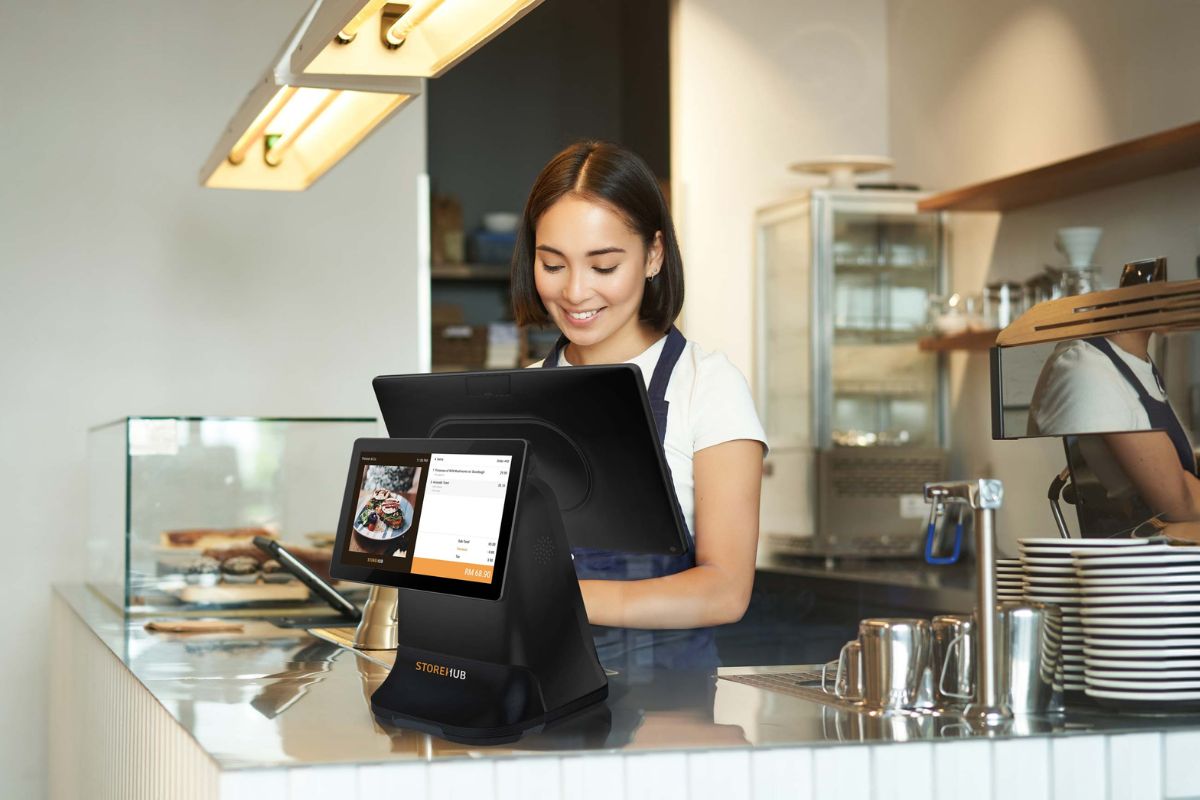If your day-to-day business costs have started creeping up – whether it’s rent, supplies, or even basic ingredients – you’re not imagining it.
As of 1 July 2025, Malaysia’s Sales and Service Tax (SST) has expanded.While many of the changes may seem technical, their impact is very real for business owners like you. From supplier mark-ups to higher overheads, these adjustments are already reshaping how Malaysian F&B and retail businesses operate.
But here’s the good news – it’s not too late to adapt. With the right strategies in place, businesses can minimise the impact, maintain customer trust, and even uncover new opportunities to grow. The key is understanding what’s changed and taking action early.
What’s Changing Under the SST Expansion?
The SST expansion, announced under Budget 2025, is part of the government’s move to increase revenue and strengthen the country’s fiscal position. It introduces new taxes on a wider range of goods and services, while maintaining exemptions for essential items.
Key updates include:
- 5% Sales Tax on over 4,800 previously zero-rated or exempt items. This includes imported goods, ingredients, luxury food items like salmon and truffles, and even certain machinery.
- 10% Sales Tax on luxury items such as caviar, racing bikes, and leather goods.
- 0% Sales Tax retained for essential goods like rice, vegetables, milk, and select imported fruits like apples, oranges, and dates.
On the services side, new categories are now taxable under the Service Tax (ranging from 6% to 8%):
- 8% on commercial rentals, leasing, and financial services
- 6% on construction, private healthcare (non-Malaysians), and private education (non-Malaysians or high-fee institutions)
Notably, beauty services such as haircuts and facials remain exempt after public feedback.
Even if you’re not directly hit, higher costs from rent or supplier mark-ups can ripple through your business. The key now is to plan ahead and make smart adjustments. Here’s how.
1. Communicate Price Changes Clearly

In a price-sensitive market, how you communicate matters just as much as the change itself. When customers see prices go up without context, they may assume the worst – and take their business elsewhere.
But research shows that transparency builds trust. In fact, 94% of customers say they’re more loyal to brands that are honest.
Take COCOdry for example. When they needed to raise their prices, they didn’t shy away from it – they created a short, engaging video explaining why, and encouraged customers to book before the new rates took effect. By communicating openly, they maintained customer goodwill and stayed ahead of the narrative.
Here’s how you can do the same:
- Be upfront and proactive: Use your social media channels, email newsletters, in-store signage, or even simple WhatsApp broadcasts to explain any upcoming changes before they happen. Don’t wait for customers to notice the new prices themselves.
- Keep the message clear: A simple explanation – like “Due to the new 8% SST on commercial rent, we’ve made some minor price adjustments” – helps manage expectations and avoid confusion.
- Train your team: Make sure your staff know what’s changed and why, and can explain it clearly to customers. Consider preparing a short FAQ or cheat sheet they can refer to when answering common questions.
Customers don’t expect you to absorb every cost – but they do appreciate honesty. A little clarity goes a long way.
2. Reduce Costs By Working Smarter, Not Harder
If prices are going up, how do you avoid passing every cost to your customer?
Start by looking inward.
One of the easiest ways to reduce overheads is by teaming up with other local businesses. For example, if you’re an F&B operator, try bulk-ordering supplies like takeaway packaging or coffee beans with a neighbouring café.
If you’re in retail, consider grouping inventory orders – like packaging, shopping bags, or seasonal decorations – with nearby stores. Volume discounts aside, these collaborations can also spark new partnerships and drive community support.
You can also rethink your pricing strategy. Instead of just marking up based on cost, shift to value-based pricing – where your price reflects the benefit the customer gets, not just your expenses.
Ask yourself:
- Can I improve the experience? Small touches like better ambience, faster checkout, or more thoughtful packaging can elevate how your brand is perceived.
- Can I offer exclusive perks? Think members-only deals, early access, or bundle promos that make customers feel like VIPs.
- Can I add convenience? Options like click-and-collect, flexible return policies, or contactless payments add real value – and customers are often willing to pay a bit more for it.
These improvements don’t always require big spending – but they can go a long way in justifying your prices and keeping customers happy.
3. Prioritise Loyalty Over Discounts

When margins are thin, it’s tempting to rely on discounts to keep customers coming back. But the truth is, discounts can eat into your profits without building long-term loyalty.
A better approach? Focus on turning regulars into loyal fans. Make them feel like they’re part of something – not just another transaction.
Think about how you can:
- Offer early access to new products or menus
- Host private tastings or member-only events
- Personalise the experience by remembering orders, preferences, or birthdays
These small gestures build emotional connection – and in a competitive market, that’s what keeps people coming back.
If you’re already using a POS system, integrating a customer loyalty program is one of the smartest things you can do. With StoreHub Loyalty, you can create a program that works for both you and your customers – from simple cashback to tiered memberships, points-based rewards, or exclusive perks.
The best part? It’s all fully integrated with your StoreHub POS, so your rewards sync automatically with every transaction. Already using a different loyalty system? You can easily migrate your data and keep rewarding your customers without skipping a beat.
Because when prices go up, customers won’t just compare what things cost – they’ll compare how your business makes them feel. Make that part count.
4. Use the Grace Period to Prepare
The government has introduced a grace period until 31 December 2025. During this time, businesses won’t face penalties for late SST registration, filing, or payment – as long as you show genuine effort to comply.
This window isn’t just a delay – it’s a chance to get ahead. Use this period to:
- Check if your business has crossed the SST registration threshold (e.g. RM500k, RM1 million, or RM1.5 million depending on service category)
- Update your POS and accounting systems to reflect the latest SST rates and categories
- Reprint menus, price tags, or shelf labels to avoid customer confusion at the point of sale
- Train your staff to confidently handle customer questions about new prices and SST charges
- Organise your financial records and prepare for the rollout of mandatory e-Invoicing
You can also explore government support like the Digitalisation Grant Scheme, which helps cover the cost of modern tools – including POS systems – that make compliance easier and operations more efficient.
The better prepared you are now, the smoother your transition will be once enforcement begins.
Final Thoughts

The SST expansion brings added complexity and pressure – but also a chance to evolve.
By being transparent with your customers, finding smart ways to cut costs, and investing in loyalty over discounts, you’re not just reacting to changes – you’re building a more resilient business.
And with the grace period in effect, there’s still time to get your systems, pricing, and operations in order before penalties kick in.
SST may be here to stay – but so is your ability to adapt.





Recent Comments